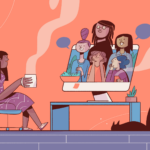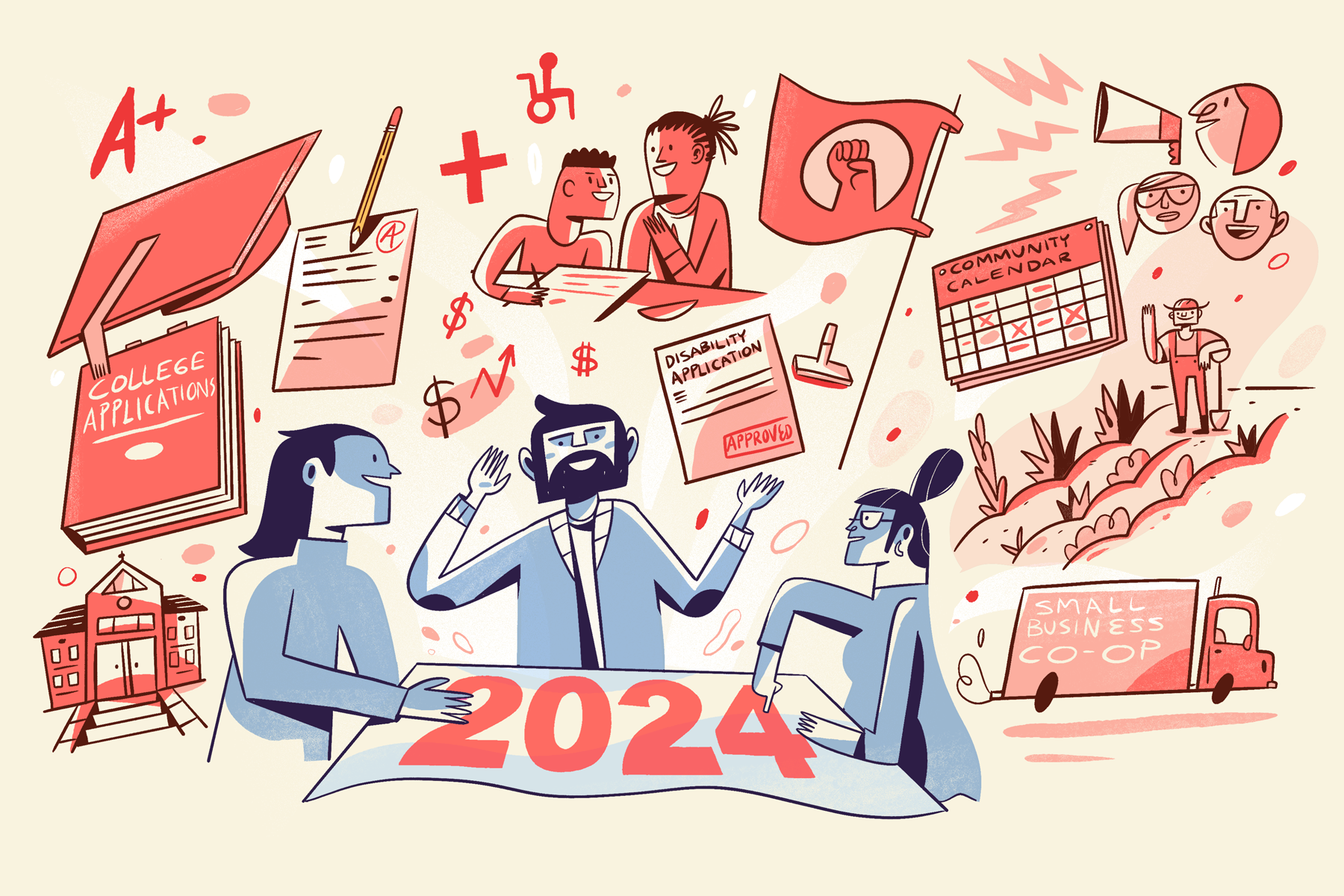
Empowering Student Voice: Lessons from Scandinavia
’22 Friday Fellow Mackenzie Hahn traveled to Copenhagen and Stockholm to learn more about their education systems with Elon University’s Masters of Higher Education program. She had the chance to visit universities, meet with professionals across the education space, and speak with students at different stages of their education.
Conversations around empowering student voices have been gaining popularity among educators in the United States. ‘Student voice’ is a way of fostering democracy in the classroom. It helps students learn metacognition, that is, thinking about their thinking. It also helps create curricular changes that lead to enthusiasm for learning and equity in the classroom. Research has shown that promoting a culture where students feel heard, especially marginalized students, leads to increased feelings of belonging. Many advocates and researchers in the space have encouraged schools to create opportunities for students to contribute to decisions about their schools as a way to increase student engagement and invest students in their education, especially post-COVID when students are experiencing burnout and disenfranchisement at record numbers. By taking a look at other countries’ education structures, educators in the United States can explore ways to involve students in decisions about their schools.
This January, I had the opportunity to visit Copenhagen and Stockholm to learn about education systems with Elon University’s Masters of Higher Education program. I got the chance to visit universities, meet with education professionals across the education space, and speak with students at different stages of their education. There are huge differences in the culture, politics, and history of Scandinavian countries compared to the United States, but a shared concern is the well-being of students. How it is represented, advocated for, protected, and promoted differs and there is a lot we can learn from each other. My experience was solely in Denmark and Sweden, not the entirety of Scandinavia, but there are many shared values. Here is what stood out to me:
Students are involved at each stage of the decision-making process.
From an early age, students are encouraged to be a part of the decision-making process in many parts of their educational systems. This goes beyond the role of a student union, although student union positions are far more involved in policy and administrative decisions than in the United States. Rather than viewing education as something to be given to students, education is viewed as a partnership where student participation is essential to success.
Independence is encouraged from a young age.
Students are empowered to do a variety of tasks independently including making decisions for themselves, doing their coursework and homework on their own, and traveling to and from school and other public places independently. The last one is certainly aided by low crime rates, but overall, parents are far less involved in a student’s schooling besides choosing a school that is best suited for their child. Teachers have very limited–if any–contact with parents. As students get older and enter university, classes become optional and students are responsible for their learning.
Students have a choice in what they learn, with an emphasis on problem-solving rather than memorization.
Students are encouraged to learn about topics that interest them and apply concepts like problem-solving and critical thinking, although there is certainly a curriculum that is followed. In Denmark, students often participate in oral exams rather than written tests as a way to evaluate learning and practice speaking about and applying the information to practical questions.
There is a culture that values lifelong learning.
Learning does not stop once a student leaves university or technical school. Many adults will seek out additional courses in everything from creative writing to computer coding to better their education, not just for their career but for their personal development. Students in universities refer to their professors by their first names, symbolic of the partnership in the lifelong pursuit of knowledge between student and teacher.
Students are assisted financially by the government while pursuing higher education, which is tuition-free.
Not only is kindergarten free and widely available, but so is higher education. Students who attend universities in Sweden and Denmark do not pay tuition and are given a monthly stipend to pay for the cost of living. This not only increases access to education but also changes how students think about their position as a student. It is not just a privilege but a right. There is a long history of student protests in Denmark specifically when students were unsatisfied with the quality of education they received and advocated for changes that were implemented.
There is a lot to be admired about the Scandinavian education model. While it may not be within our power to implement universal free higher education with a cost of living stipend, we can create meaningful opportunities to involve students in decisions regarding their education. This can look like something as simple as letting students draft their classroom standards or choose between two research topics or something as complex as reshaping the student government to have the administrative power to tackle the big, systemic problems in their schools. At the end of the day, we have power through the positions we hold and we can share that power to make meaningful change in our students’ lives.







